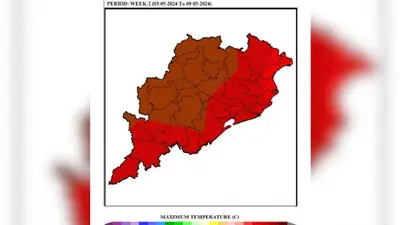Recommended Stories
New Delhi: Banks' gross non-performing assets (GNPAs) could rise to 6.9 percent by March 2017, the deadline given by Reserve Bank of India (RBI) Governor Raghram Rajan for banks' balance sheet clean-up, the government said on Saturday.
"If the macroeconomic conditions deteriorate, the GNPA ratio may increase further, and it could rise to around 6.9 percent by March 2017 under a severe stress scenario," the finance ministry said in its annual report 2015-16, citing the Reserve Bank of India's "Financial Stability Report (FSR)" of December 2015 for the expected rise in non-performing assets (NPAs).
"The macro stress test for credit risk suggests that under the baseline scenario, the GNPA ratio may rise to 5.4 percent by September 2016 from 5.1 percent in September 2015," it said quoting the RBI report, which said that under a severe stress scenario, the banks' Capital to Risk Asset Ratio (CRAR) or capital adequacy ratio could decline to 10.4 percent by March 2017 from 12.7 percent as of September 2015.
The ministry said that the main reasons for increase in NPAs have been due to sluggishness in the domestic growth during the recent past, slowdown in recovery in the global economy and continuing uncertainty in the global markets leading to lower exports of various products.
External factors including the ban in mining projects, volatility in prices of raw material and the shortage in availability of power have impacted the operations in the textiles, iron and steel, delay in various infrastructure projects and aggressive lending by banks in past, have also resulted in rising NPAs, it said.
"Infrastructure loan requirements are such that only the big public sector banks could assume the exposure under consortium arrangements," it said.
The RBI report however also presented the possibility of NPAs to subsequently improve to 5.2 percent by March 2017, provided the macroeconomic scenario improved.













